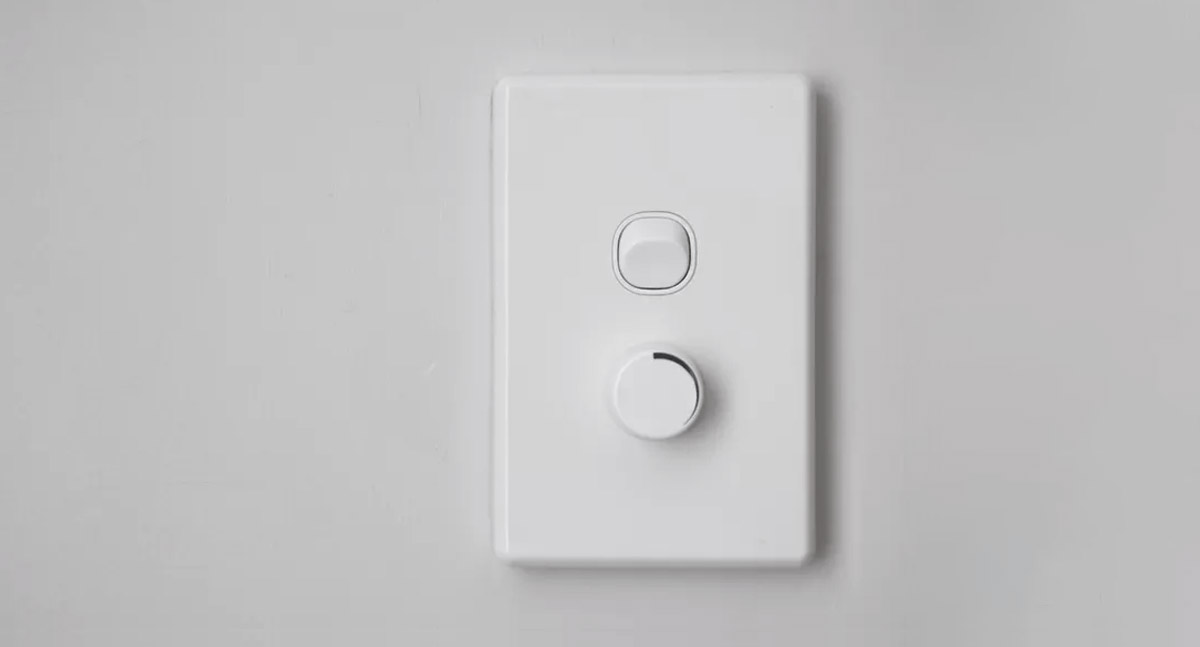One of the hallmarks of LED lighting is the vastly superior energy efficiency compared to traditional lighting technologies. And it makes people wonder — does dimming LED lights save energy? The short answer is yes. But there’s a caveat to LEDs and dimming that you need to understand when wanting to assess energy usage. Whilst wiring a dimmer switch in Australia is relatively straightforward, not all LED lights can be dimmed, but those that can are grouped into two categories that represent how the dimming process works. One method for dimming an LED bulb is called pulse width modulation, or PWM, and the other method is analogue dimming. Read on to learn the differences before you book your next installation of lights.
How Dimming Works for LEDs
To understand how dimming works with LEDs and how this can reduce energy consumption, you first need to understand how an LED produces light. Rather than using a filament like traditional incandescent bulbs, LEDs use an electrical current to activate a semiconductor material. This process of activation is what produces light. When less current flows through the semiconductor, the light output is correspondingly lower — in other words, the LED is dimmed (and less energy is used). Both PWM and analogue dimming work by reducing the amount of current flowing through the LED’s semiconductor material.
Pulse Width Modulation vs Analogue Dimming
Pulse width modulation was originally developed for applications such as motor control where it was necessary to control large amounts of power with a very precise level of accuracy. In an LED application, PWM essentially turns the light on and off very rapidly — so rapidly that it appears to our human eyes as if the light is being dimmed when in reality it’s being turned off and on at a rate that’s too fast for our eyes to perceive.
Analogue dimming provides a smoother transition from light to dark because it gradually reduces the amount of current flowing through the LED’s semiconductor material rather than turning it on and off rapidly as with PWM. Because analogue dimming results in a smoother transition from light to dark, it’s often preferred for residential applications where people are looking for a more natural lighting experience. Having a dimmer switch that uses analogue dimming allows for you to operate at LED at full brightness or reduce energy flowing through the light circuit to have less light whenever needed. Both PWM and analogue dimming are effective methods of energy savings when used with a dimmable LED.
Conclusion
The bottom line is this: if you want to save even more energy with your LED lighting, opt for lights that can be dimmed via a dimmer switch there is no risk of damage to the LED lights and by doing so, you’ll enjoy even greater energy savings as well as increased flexibility in terms of controlling the ambience of your home lighting.


